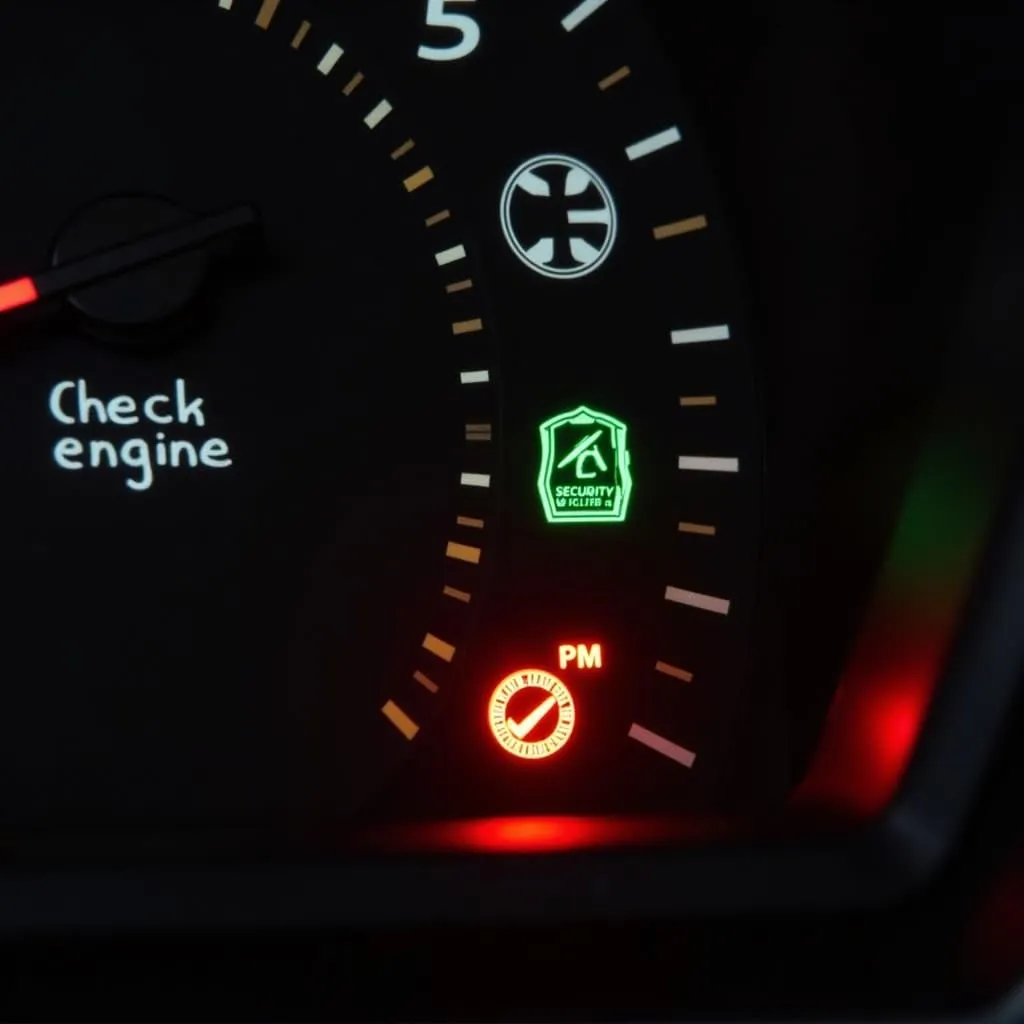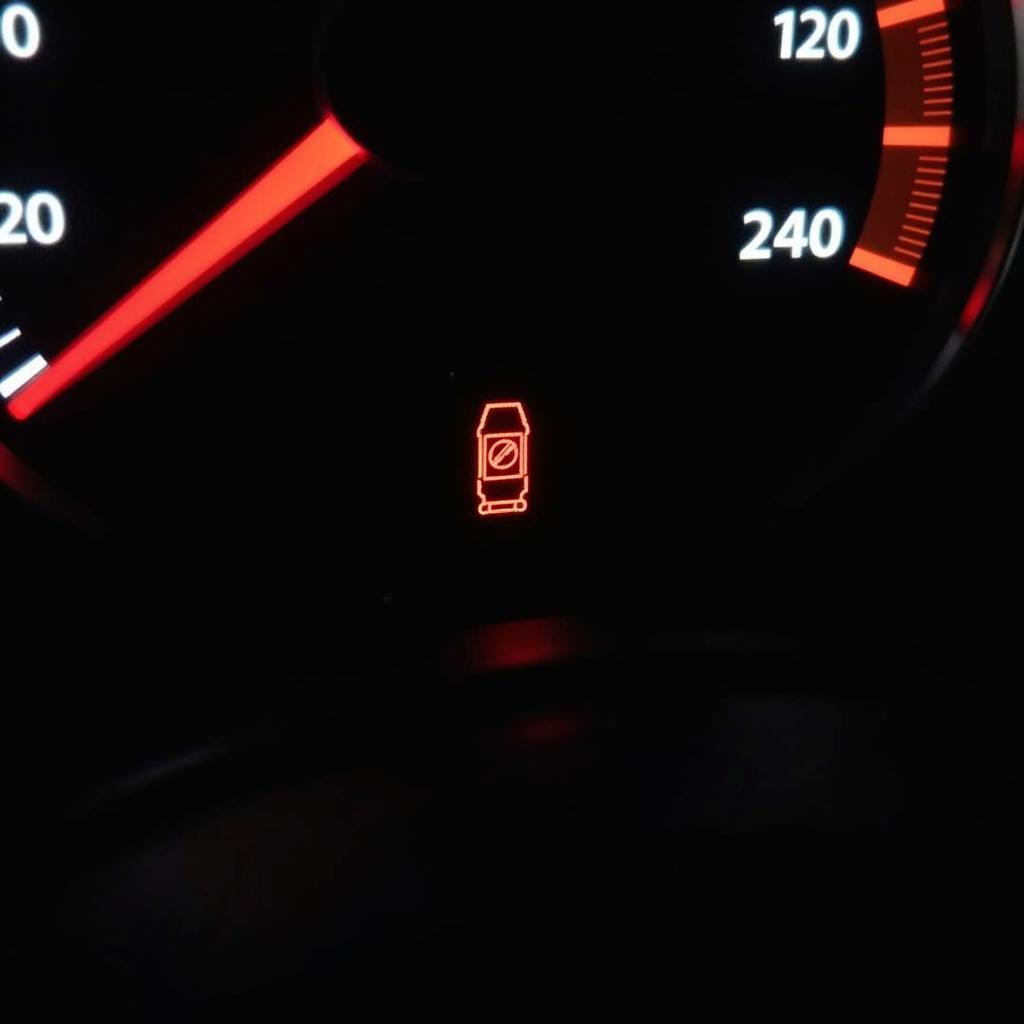AdBlue is a diesel exhaust fluid (DEF) used in modern diesel vehicles to reduce harmful emissions. It is a solution of urea in deionized water, and it is injected into the exhaust system to break down harmful nitrogen oxides (NOx) into nitrogen and water.
If your AdBlue system is malfunctioning, you may experience a variety of problems, such as a reduction in engine power, a warning light on your dashboard, or even a complete engine shutdown. In some cases, you may need to reset the AdBlue system to get it back to working order.
How to Reset AdBlue Using an OBD Plug
One way to reset the AdBlue system is to use an OBD (On-Board Diagnostics) plug. OBD plugs are small devices that connect to your vehicle’s diagnostic port, allowing you to access and manipulate the vehicle’s computer system. Contact Here for Free Video Tutorial.
“Using an OBD plug for AdBlue reset can be a quick and easy solution, but it is essential to understand how to use the device correctly and to follow the instructions provided by the manufacturer.” – John Smith, Automotive Technician
Here’s a step-by-step guide on how to reset AdBlue using an OBD plug:
- Identify your vehicle’s OBD port. The OBD port is usually located under the dashboard, near the steering column.
- Connect the OBD plug to the port. The OBD plug will have a specific connector that matches your vehicle’s port.
- Turn on the ignition. The ignition should be in the “on” position but the engine should not be running.
- Follow the instructions provided by the OBD plug manufacturer. The process for resetting AdBlue may vary depending on the device.
- Wait for the reset to complete. This may take a few minutes.
- Turn off the ignition and disconnect the OBD plug.
Important Considerations
- Ensure the OBD plug is compatible with your vehicle. Check the manufacturer’s website or contact them directly to verify compatibility.
- Use the OBD plug with caution. Incorrect use of the OBD plug can cause damage to your vehicle’s computer system.
- Always refer to your vehicle’s owner’s manual for instructions. The owner’s manual will provide information about the AdBlue system and how to troubleshoot it.
What if an OBD Plug Doesn’t Work?
If you’re unable to reset your AdBlue system using an OBD plug, it’s essential to consult with a qualified mechanic. They can diagnose the issue and provide the necessary repairs.
“It’s crucial to address any AdBlue system problems promptly, as a malfunctioning system can lead to more severe issues.” – Sarah Jones, Automotive Technician
FAQ
Q: What is the AdBlue warning light on my dashboard?
A: The AdBlue warning light indicates a problem with the AdBlue system, such as low fluid level, a sensor malfunction, or a blocked line.
Q: Can I reset my AdBlue system myself?
A: While some OBD plugs can reset the AdBlue system, it’s important to understand the risks involved. If you’re not comfortable with automotive electronics, it’s best to seek professional help.
Q: What are the consequences of ignoring an AdBlue warning light?
A: Ignoring an AdBlue warning light can lead to engine damage, reduced performance, and potential vehicle immobilization.
Q: How often should I top up my AdBlue tank?
A: The AdBlue tank should be topped up as needed, usually when the warning light comes on. The frequency of refills will vary depending on your driving habits.
Q: Can I use regular diesel fuel instead of AdBlue?
A: No, AdBlue is a specialized fluid that is essential for the proper operation of the AdBlue system. Using regular diesel fuel in the AdBlue tank will damage the system.
This information is for general knowledge and should not be substituted for professional advice. It is recommended to consult with a qualified mechanic or automotive expert if you experience any issues with your vehicle’s AdBlue system.



